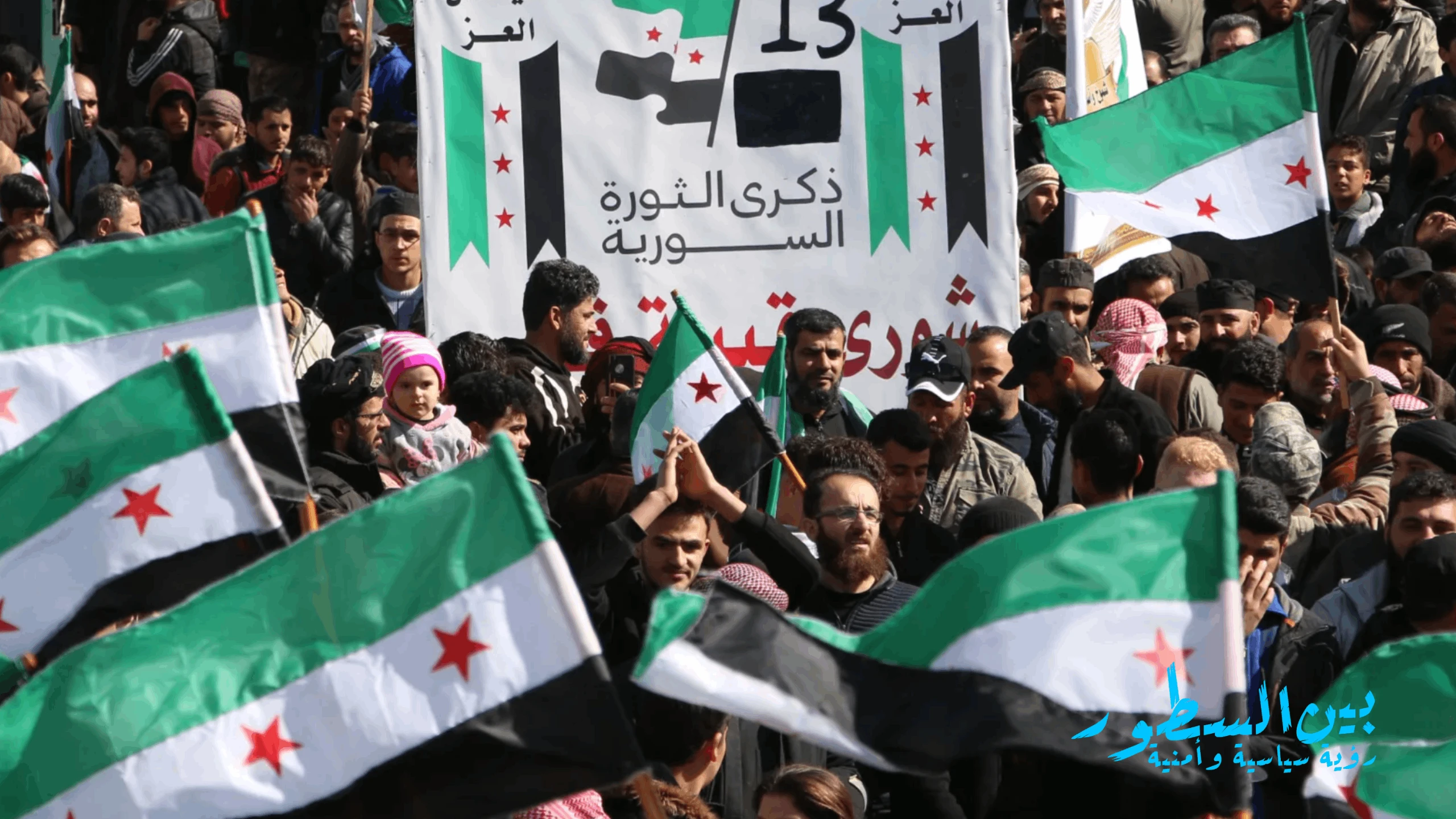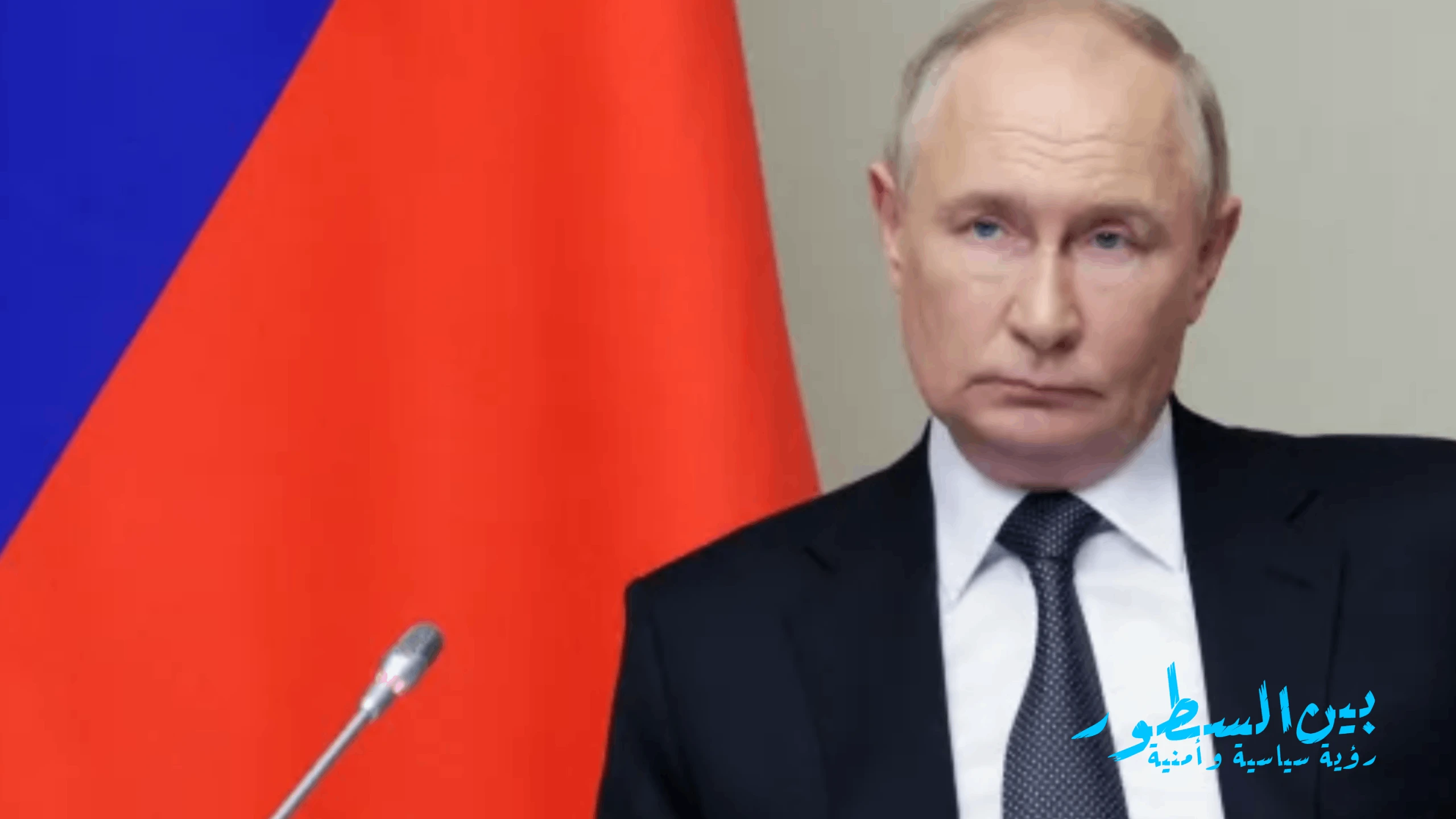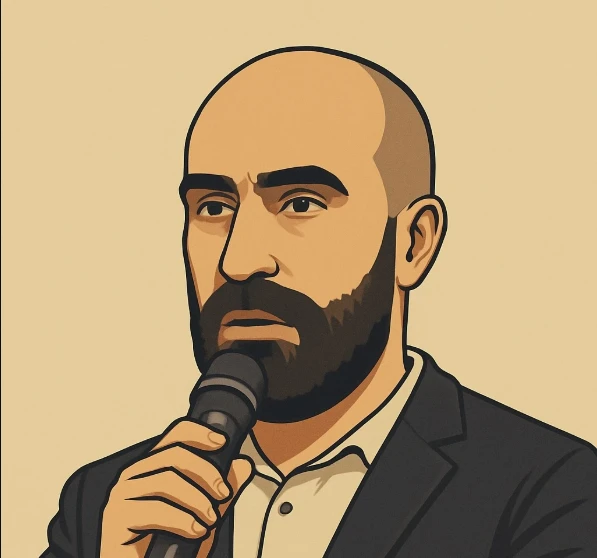Post-Hama and Aleppo Battle: 3 Arab Scenarios for Dealing with the Syrian Revolution
This is an AI-generated English translation. The original text is in Arabic.
After the victories achieved by the Syrian opposition in the operations of Deterring Aggression â the largest â and Freedom's Dawn, which led to the complete liberation of the cities of Hama and Aleppo from the Syrian regime's forces, the fall of the regime appeared to be accelerating as a natural consequence of its supporters being preoccupied. The Iranian ally has abandoned it through its Lebanese and Iraqi factions, which are engaged in Hezbollah's war with Israel â in which the party has lost the largest number of its fighters since its establishment â while Russia has been occupied with its battles in Ukraine and has withdrawn its most prominent military leaders from Syria.
These circumstances created a significant military vacuum that the opposition factions, which had reorganized their ranks, exploited, successfully delivering decisive blows to the regime on military, political, and service levels.
However, Arab countries cannot stand idly by in the face of this shift. The success of any popular revolution â especially if armed â represents an existential threat to their regimes, even if the targeted regime is originally undesirable from an Arab perspective. The fundamental idea for these countries is that regimes do not fall due to the actions of the people, but by their own will, and this is the essence of the conflict.
The Option to Quickly Remove Assad
Some Arab countries may seek to remove Assad in the upcoming period through an internal coup or assassination, forcing the opposition to enter into political negotiations that would embarrass them before the international community if they refuse. At that point, it would be easy to impose a more oppressive alternative â as happened in previous Arab Spring experiences â which would place the revolution in a political and military predicament. However, this scenario is fraught with risks, as it could turn Syria into another version of Libya.
The Option to Support Assad Again
The more preferred option for some Arab regimes is to support Assad's continued rule and finance him materially and militarily, perhaps through Iraq or under Arab air cover and international supervision. This option is costly and dangerous, but it sends a stern message to the Arab peoples: "Revolutions are destined for killing and oppression, and the matter is in our hands, not yours."
The Option to Reproduce ISIS
The most dangerous scenario involves the revival of ISIS â directly or indirectly â to weaken the revolutionary factions as occurred in past years. At that point, the opposition will again be accused of terrorism, and an international coalition will be reformed to eliminate "ISIS," but the real goal will be to eradicate the Syrian revolution and abort it while it is on the rise.
Conclusion
Events this time may differ from what we have witnessed before, but the Syrian revolutionaries must take all these scenarios into account. By successfully imposing control this time, they are not only facing the regime, but have also created a new enemy: the Arab regimes that see their victory as a direct threat to themselves.




